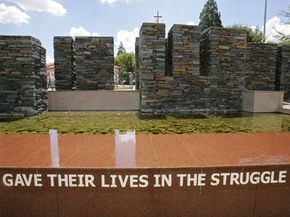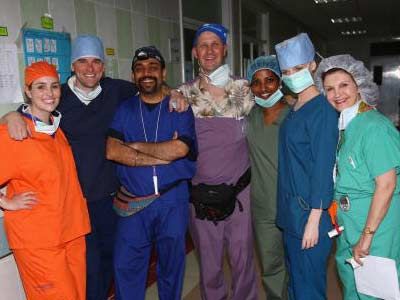In the United States, we're guaranteed certain rights by the Constitution, but what rights do we have just by being virtue of being human? Before we understand human rights organizations (HROs), we have to understand human rights. The Universal Declaration of Human Rights, created after World War II as a framework for developing international human rights guidelines, is based on the idea that all people are born with the capacity for conscience and therefore deserve to be treated with dignity. We have the right to live and work where we choose, to marry and have families, to hold our own opinions and to be free from arbitrary attacks and arrests. We also have the right to our own religion and opinions, as well as the right to assemble and form peaceful associations with our fellow humans.
Maybe these rights sound obvious, but it's a big deal to have a documented and widely accepted accord on just what it means to be a human. We might think that by now the atrocities of the past are no longer a danger, but events of the last century have revealed just how important a codified set of rules protecting human rights is. The Holocaust comes to mind, of course, but even after the ratification of the Universal Declaration of Human Rights there have been countless cruelties waged by humans against humans. There are the killing fields of Cambodia, the prison at Abu Ghraib, forced disappearances in Argentina, ethnic cleansing in the former Yugoslavia, apartheid and areas of endemic child labor to name a few. Slavery was only finally criminalized in Mauritania in 2007.
Advertisement
It's true that there are dark corners of oppression all over the world, but there is also a light. We'll take a look at the operations of some of the organizations working to protect human rights, what they do, and some of the problems they face.




